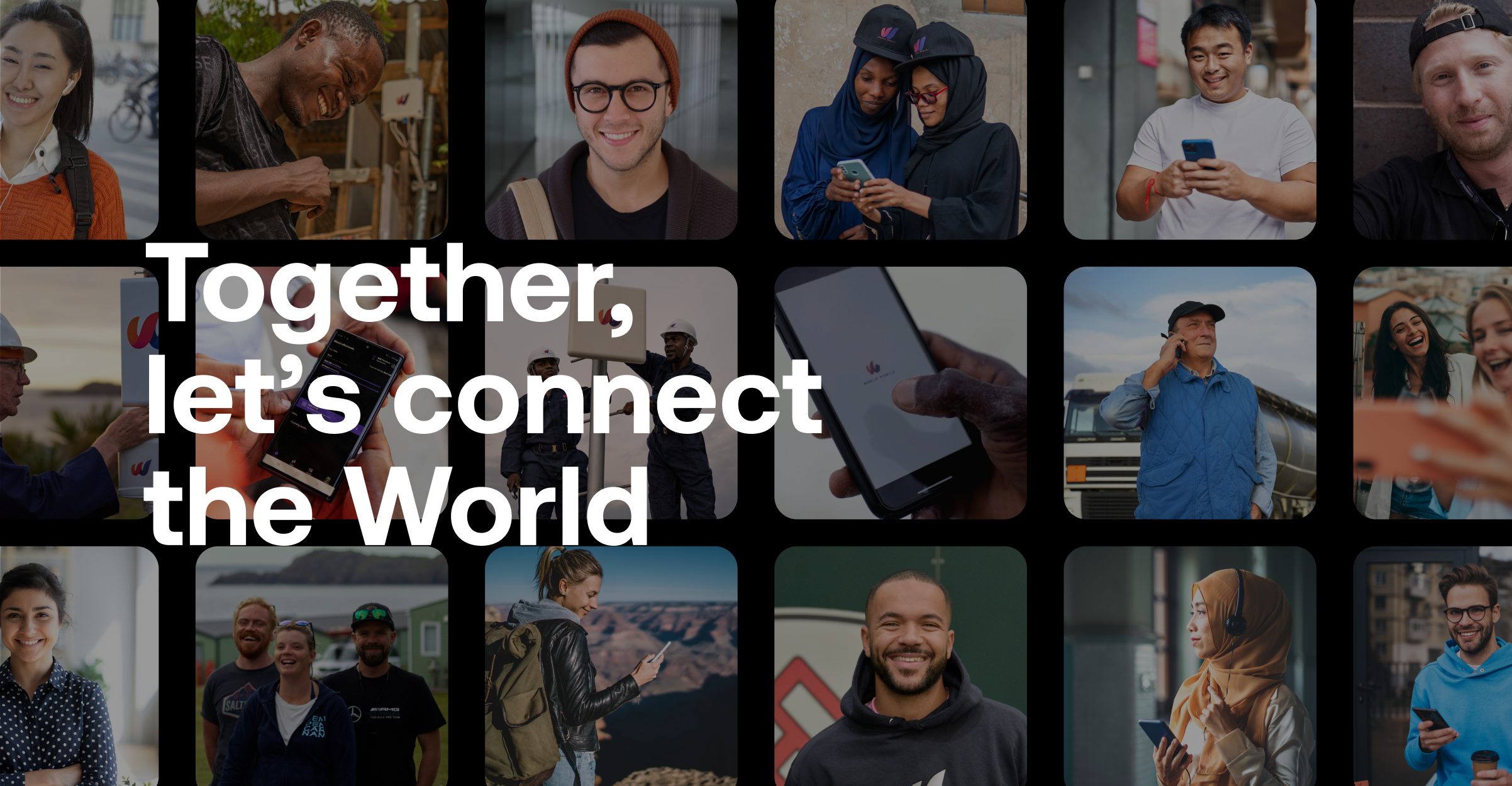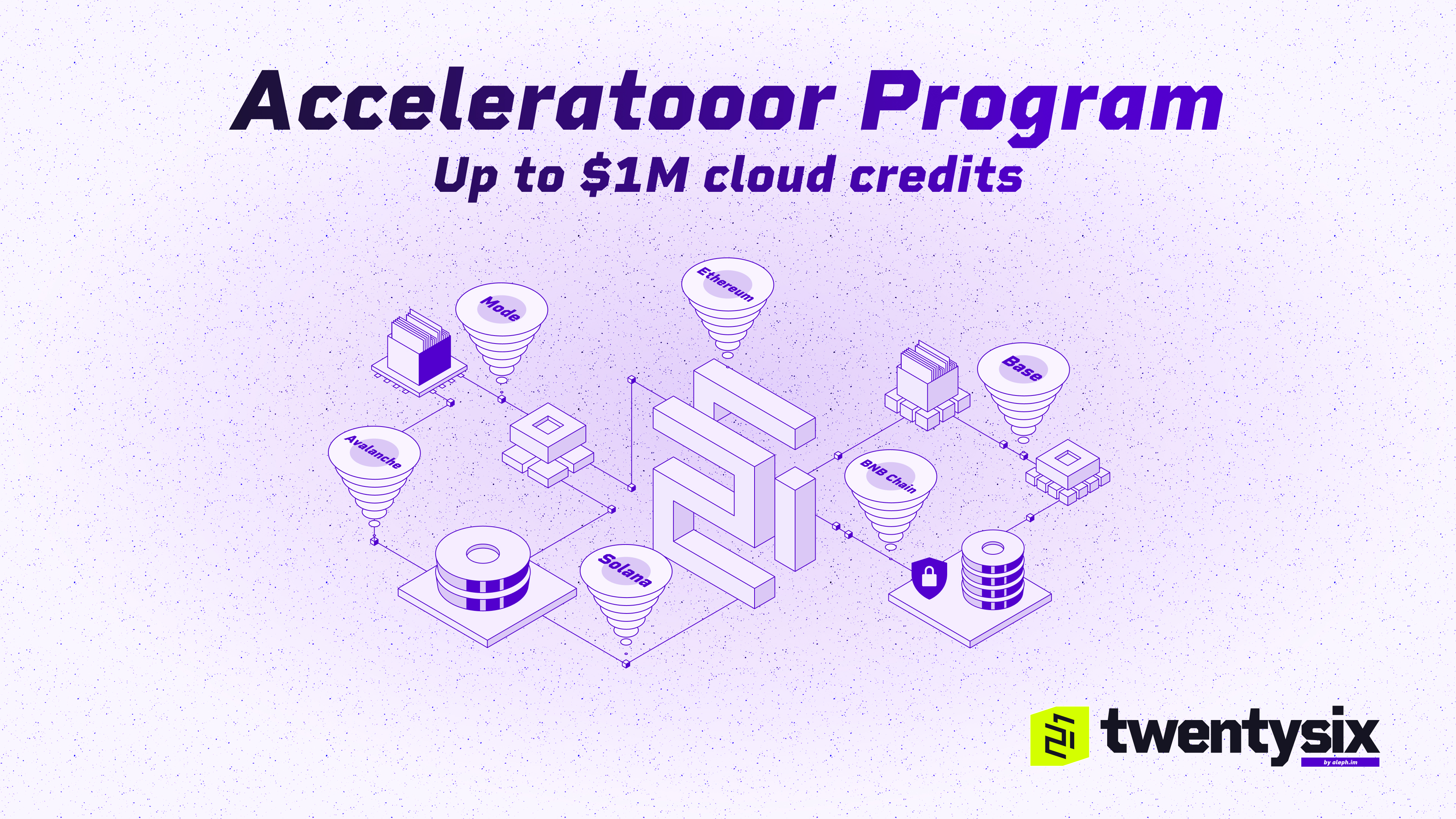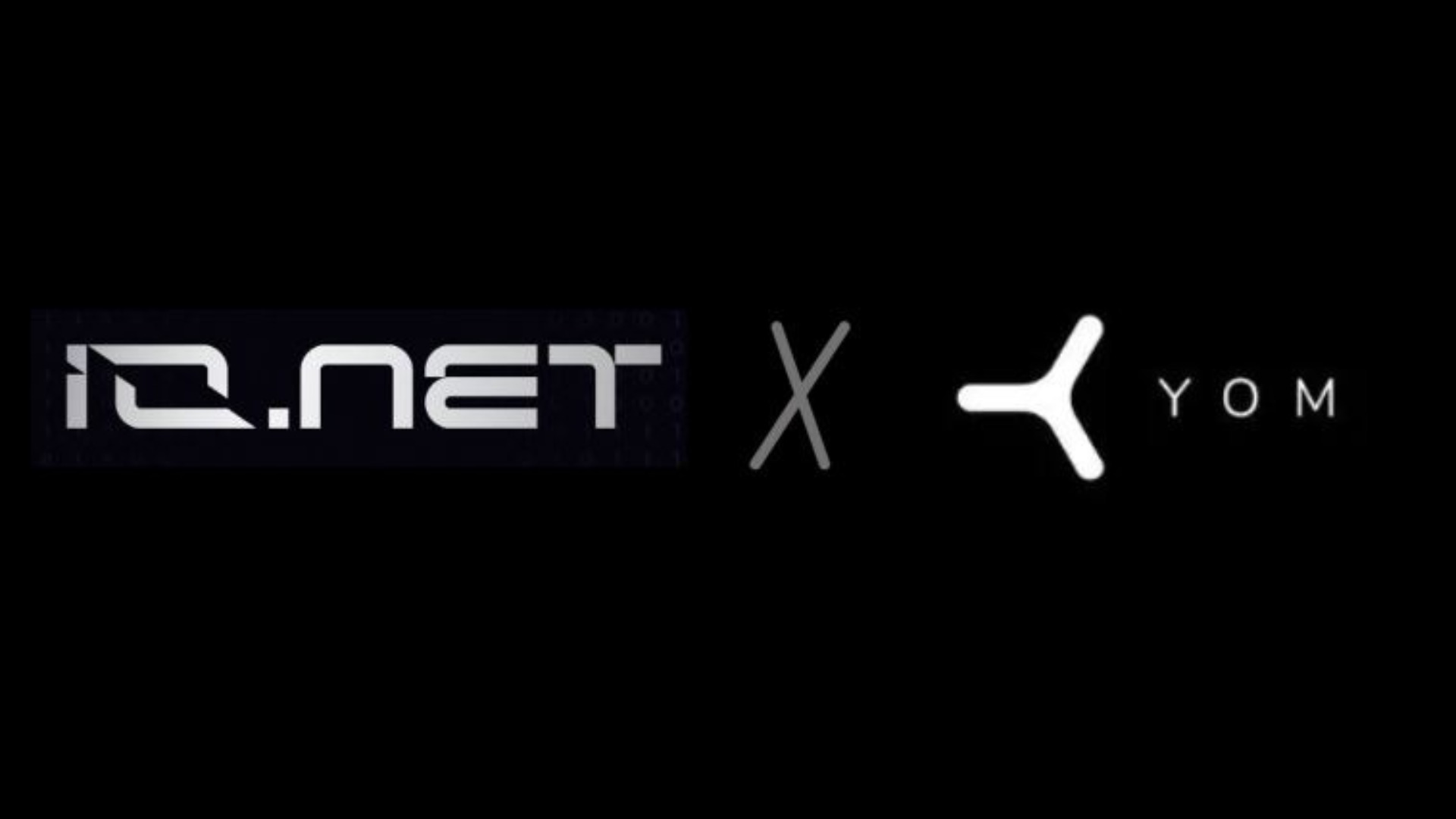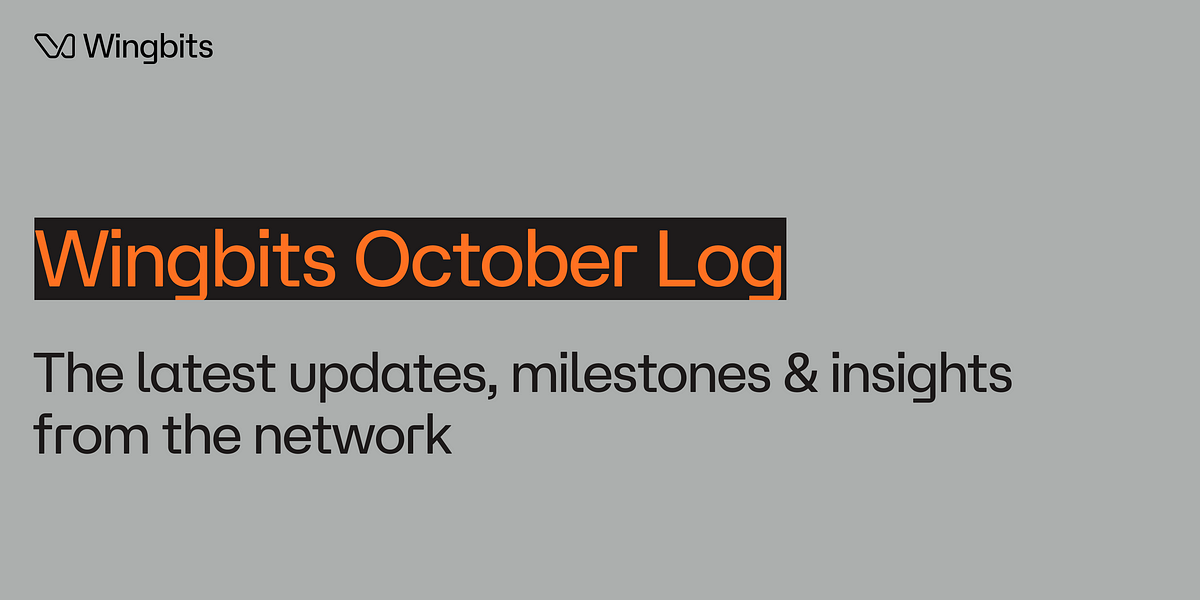World Mobile Aims to Connect 3 Billion Unconnected People Globally

World Mobile is on a mission to bridge the connectivity gap for the nearly 3 billion people worldwide who lack access to mobile internet services. In developing countries, around 40% of the population remains unconnected, while even in developed markets, approximately 150 million individuals are left without traditional mobile network access. The primary reason for this disconnect is the reluctance of traditional mobile networks to invest in hard-to-reach areas. World Mobile aims to change this narrative by providing universal, affordable, and high-quality connectivity through its decentralized hybrid dynamic network, which can deliver services at a cost that is up to 12 times more affordable than legacy mobile networks.
The company has already made significant strides in its global deployment, having connected over 20,000 customers in Zanzibar during the initial phase. Its rollout in Pakistan marks the first deployment on the Asian continent, while in the USA, World Mobile has secured licensed spectrum in states like California, New Mexico, Nevada, and Utah, laying the groundwork for its launch. Additionally, the company is demonstrating its innovative cellular AirNode technology in rural Wales, utilizing 1800MHz spectrum and leveraging Starlink LEOS for backhaul connectivity. This approach not only enhances coverage but also ensures that connectivity reaches underserved areas.
World Mobile’s unique connectivity solution is underpinned by a blockchain-based sharing economy, allowing local communities to own and operate the network infrastructure. This decentralized model ensures that everyone benefits from a more efficient and affordable mobile network. By becoming an AirNode Operator, individuals can connect their communities and earn passive income while contributing to a global movement aimed at making internet access a fundamental right, akin to food, water, and electricity. Through initiatives like the World Mobile app, users can also earn rewards by identifying connectivity weak spots, further empowering communities to take charge of their connectivity needs.
Related News





